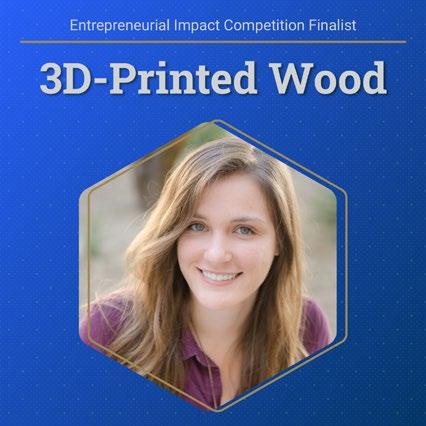
1 minute read
Meet the EIC Finalists
from 2021-2022 Annual Report | School of Civil and Environmental Engineering
by School of Civil and Environmental Engineering at Georgia Institute of Technology
SECurE
Marius Francois-Marchal
Advertisement
Ron Knezevich
Ariel Steele Zhongyu Yang Lucas Yu
Driving around curves can be dangerous for motorists. Curves account for just 5% of all highway miles, but curve-related crashes make up approximately a quarter of all roadway fatalities.
Curve warning signs are among the best safety measures and are known to decrease injury crashes by approximately 30%. However, it can be difficult for transportation agencies to identify where these signs are needed and keep track of those that already exist on thousands of miles of roadway. This is for two main reasons: manual interpretation is needed for every curve and there is a lack of existing warning sign inventory.
SECurE is a low-cost solution that uses a smartphone as a data collection device. Created by CEE graduate students Ron Knezevich, Ariel Steele, Zhongyu Yang and Lucas Yu, along with electrical and computer engineering student Marius FrancoisMarchal, SECurE works by mounting a smartphone on a vehicle so users can passively collect data during routine travel. Automated processing will accurately extract curve data that can be used to design curve warning signs to make roads safer.
The construction industry faces many challenges in the future: high material costs, low labor availability and a growing population in need of housing. Civil engineering student Katy Bradford proposes using 3D printing technology to create a low-cost, low-carbon building material to rapidly develop the affordable, green housing of the future.
3D-printed wood is largely composed of cellulose, the most abundant polymer on Earth. With the benefits of carbon sequestration, material availability, biodegradability, and optimal mechanical properties, the use of cellulose fibers in building materials can significantly reduce the energy consumption of buildings at a low cost.
In addition to its sustainability, 3D-printed wood utilizes automation to offset shortages in labor and reduce the timeline of a construction project. This offers the potential to rapidly provide housing at a reduced cost—an issue of critical importance around the globe.





